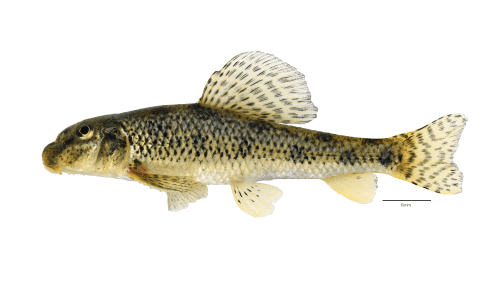The Ministry of Environment’s National Nakdong River Biological Resource Center (Director Yong Seok-won) announced on September 3 that it has systematically organized Korea’s freshwater biological resources and made the ‘Integrated List of Freshwater Species’ publicly available on the Freshwater Biodiversity Information Portal.
This integration includes all plants, animals, and microorganisms that inhabit freshwater. The research team from the National Nakdong River Biological Resource Center collaborated with over 40 experts from universities, institutions, and research centers to review 61,230 species listed in the national biological species directory. Of these, 23,221 were selected as freshwater species and compiled into a list.
The national biological species directory is a database managed by the National Institute of Biological Resources under the Ministry of Environment, which contains records of all species confirmed to inhabit Korea. Through this investigation, the research team confirmed that approximately 38% of all species are freshwater organisms, marking the first official data statistically presenting domestic freshwater biodiversity.
Freshwater organisms refer to species that use freshwater habitats for all or part of their life cycle. They can be classified into three categories: species living exclusively in water, species inhabiting environments permanently or temporarily covered by freshwater, and species living in both freshwater and brackish water.
The ‘Integrated List of Freshwater Species’ is provided in e-book format on the portal and is accessible to everyone free of charge.

According to the ‘Living Planet Report’ published by the World Wildlife Fund (WWF) in 2024, the population and species of organisms living in freshwater habitats decrease more rapidly than those in other habitats. This list can be used as fundamental data to prioritize conservation efforts in response to rapid declines.
Ryu Si-hyun, head of the Diversity Conservation Research Office at the National Nakdong River Biological Resource Center, stated, “We will continue to update this list annually to systematically manage and provide accurate information on Korea’s freshwater biological resources.”